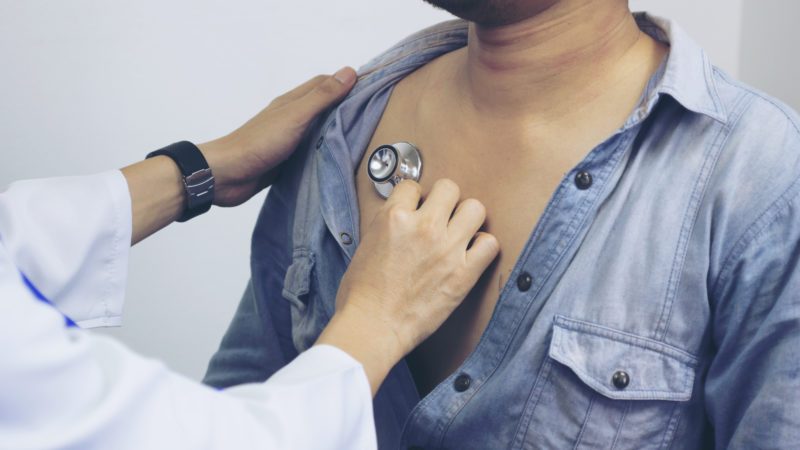
The truth about male breast cancer
Breast cancer was the furthest thing from Aubrey Glencamp’s mind when he discovered a strange bump on one of his pecs. He was just 33 years old, he didn’t have any family history of the disease, he was in good health so he didn’t have any of the typical risk factors for the disease. Oh, and then there’s the whole business of his gender. Isn’t breast cancer a woman’s disease?
The young father quickly discovered the answer to that when his test results showed that not only did he, as a man, have cancer in his breast tissue but he had stage II HER-2 positive breast cancer, one of the most aggressive forms of the disease.
“I remember leaving work and just sitting in my car trying to process it all,” he says. “I tried looking up more information on my diagnosis but everything I found was for women. I was desperate for information and yet there was almost nothing about male breast cancer.”
Thankfully his story has a happy ending: After Glencamp had a double mastectomy and five rounds of chemotherapy, all his tests show no signs of cancer. However, his story is not unheard of—and many men don’t have such a positive outcome, says Brian O’Hea, MD, chief of Breast Surgery at Stony Brook Medicine and director of the Carol M. Baldwin Breast Cancer Center in New York.
“This is why I want to get my story out there, to help other men recognize they’re not alone and to encourage more research and information for men with breast cancer,” Glencamp says.
To help more men, and the people who love them, we asked doctors to share what they want everyone to know about male breast cancer.
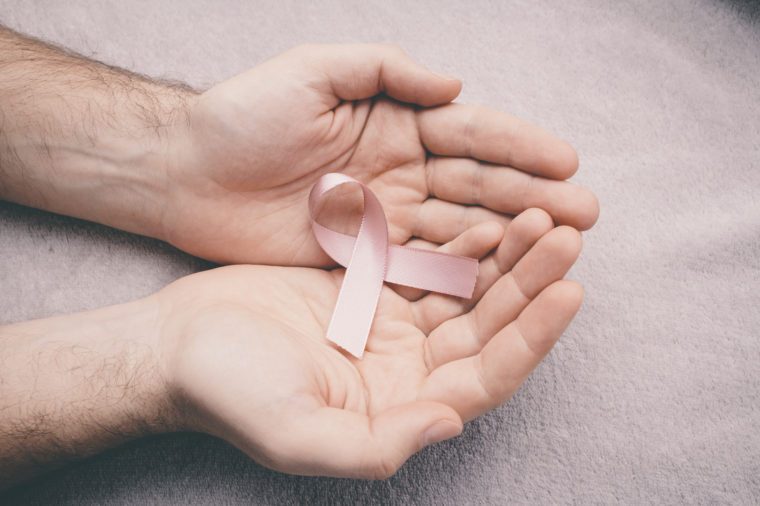
Male breast cancer is rare but affects more men than you think
Breast cancer is often thought of as a “woman’s disease”—even the cancer ribbon is pink!—but men can and do get it. Breast cancer is rare in men: It is 100 times more common in women and men make up less than one per cent of all breast cancer cases, according to the American Cancer Society; but this year about 2,600 men will be diagnosed with the disease and 500 will die from it.
Find out what every cancer ribbon colour means.
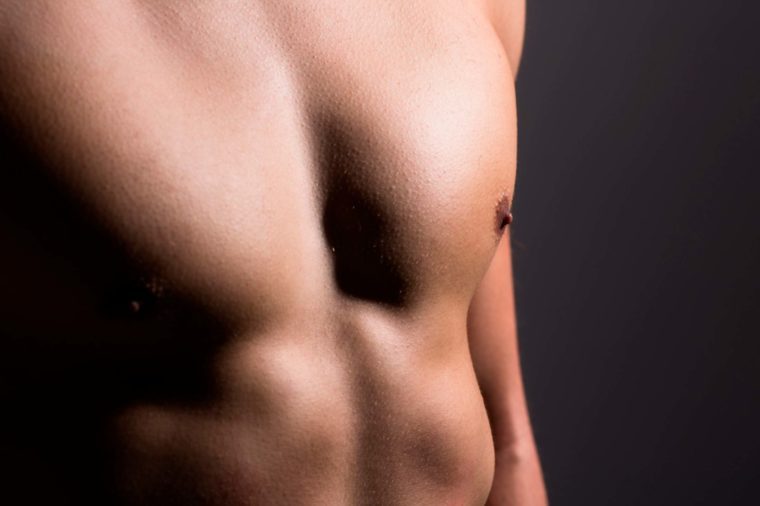
Men have breast tissue (and no, it’s not the same as “man boobs”)
We tend to think of breasts as a female thing, but men do have some breast tissue in their pectoral area and behind their nipples, Dr. O’Hea says. They don’t have as much estrogen as women so the tissue doesn’t develop the way it does in women. But it can develop breast cancer in the same way as female breast cancer, he explains. What people often call “man boobs” are not breast tissue but rather fatty deposits that accumulate in the chest area. Having larger “man boobs” does not increase your risk of getting breast cancer, he adds.
Watch out for these strange symptoms that can signal a serious disease.
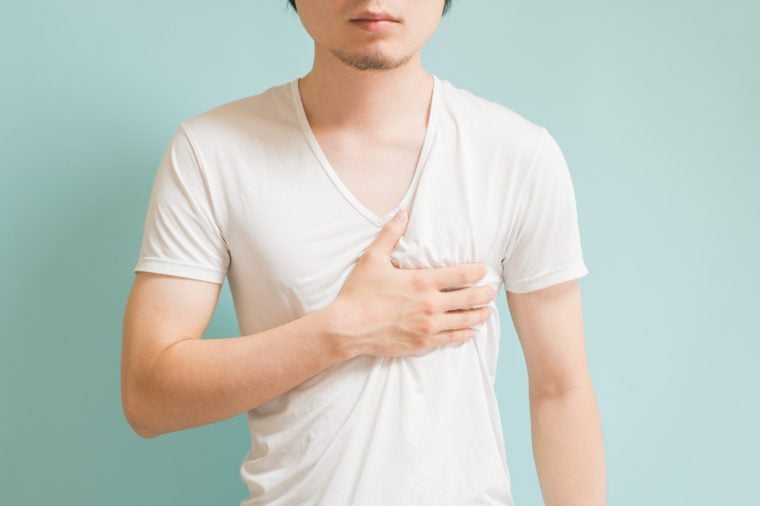
Men most commonly find their cancer through a lump
Just over half of women diagnosed with breast cancer reported finding their cancer through a lump or other physical sign, according to a study published in the Journal of Women’s Health. However, that number is nearly 100 per cent for men, Dr. O’Hea says. Most commonly, men report feeling a hard or painful lump under or around their nipple or from discharge from the nipple. “Men don’t get routine mammograms so noticing that something looks or feels weird is really the only way they find it,” he explains.
Learn about the diseases doctors are most likely to miss.
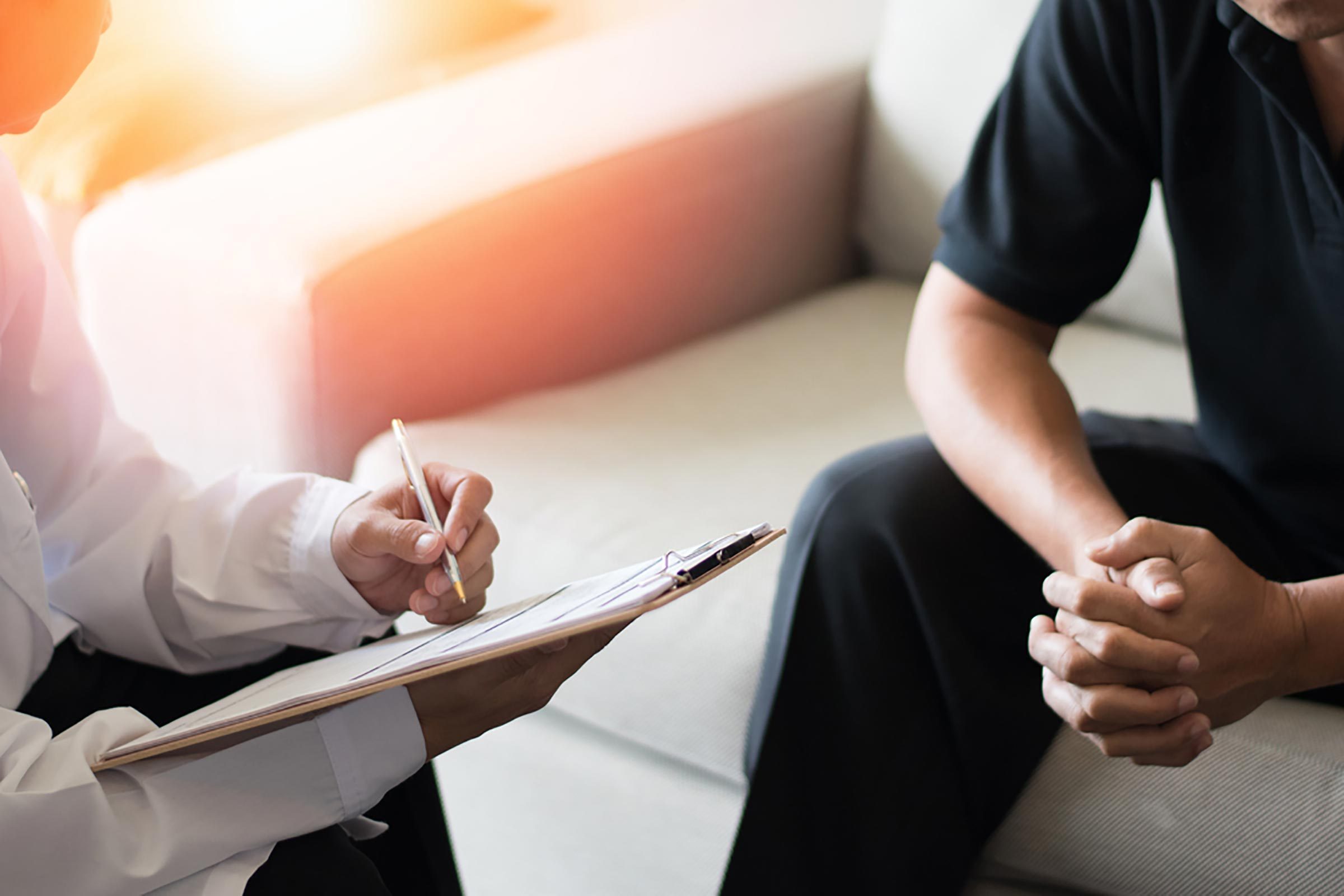
Men are more likely to be diagnosed with a later stage cancer
Breast cancer can be symptomless in the early stages yet the earlier the cancer is diagnosed, the better the prognosis—which is why women are encouraged to get routine mammograms and perform regular self-exams at home. However, cancers that can be felt or seen from the outside have often progressed more than those that can be detected by a mammogram which means more men are diagnosed at later stages of the disease when it can be harder to treat, Dr. O’Hea says.
Here are the signs of pancreatic cancer you should never ignore.
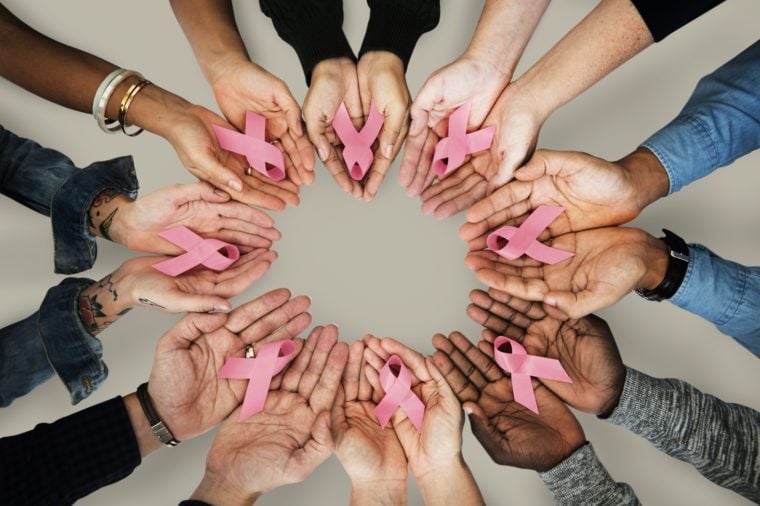
Proportionally, more men die of breast cancer than women
The mortality rates for breast cancer by stage are about the same in men and women yet nearly 20 per cent of men with breast cancer will die from it, while less than 10 per cent of women will, according to the American Cancer Society. Why the disparity? Women are far more likely to be diagnosed in the earlier stages when treatment is more successful, the organization points out.
Consider eating these foods that may help prevent cancer.
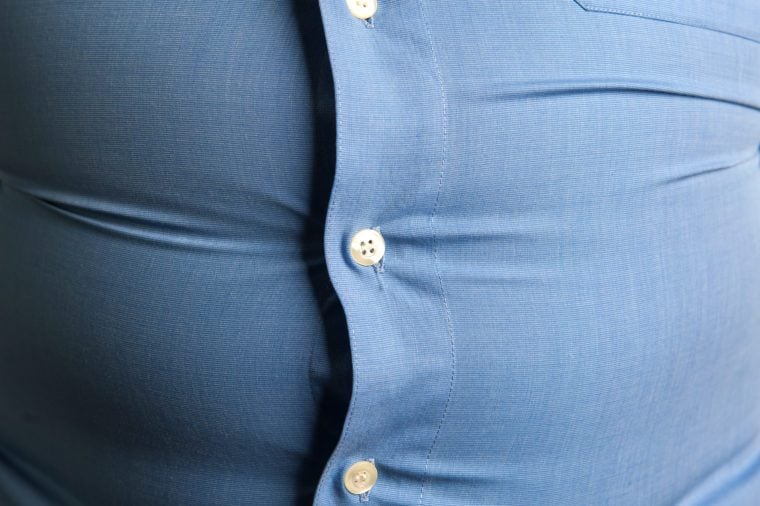
Being overweight puts men at higher risk for breast cancer
Estrogen may primarily be considered a female hormone but men have a small amount as well and men with the highest levels of estrogen were two and a half times more likely to develop breast cancer than men with the lowest levels of the hormone, according to a study published in the Journal of Clinical Oncology. “Some of the estrogen variation in men will simply be natural, but for others there may be a link to being overweight,” says Julie Sharp, PhD, head of health information at Cancer Research UK. “Fat cells in the body are thought to drive up the body’s level of this hormone in men and women, so this is another good reason to try and keep a healthy weight.”
Think twice about falling for these common cancer myths.
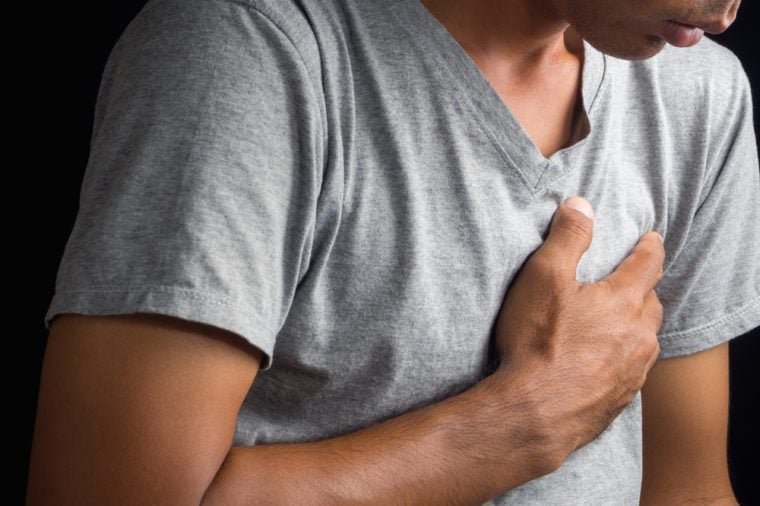
Many men are too embarrassed to talk about lumps in their chest
Another reason men get diagnosed later than women may be due to social stigma concerning breast cancer. “Men are often very embarrassed to bring up breast lumps with their doctors or talk about breast cancer with their families,” Dr. O’Hea says. “They fear that a breast cancer diagnosis will make them seem ‘less manly’ which couldn’t be further from the truth.”
Here are more signs of cancer men are likely to ignore.
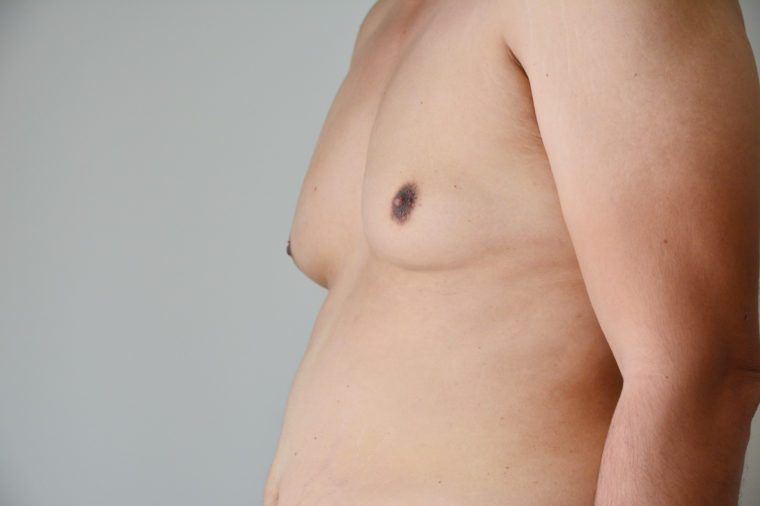
Remember, most chest lumps in men are not cancer
It may be human nature to automatically think “cancer” when a weird bump appears anywhere on your body, but when it comes to breast lumps in men, that is almost never the case, Dr. O’Hea says. One common cause of bumps is gynecomastia, according to the Cleveland Clinic, a disease where a hormonal imbalance causes male breast tissue to grow, often becoming tender and sore.
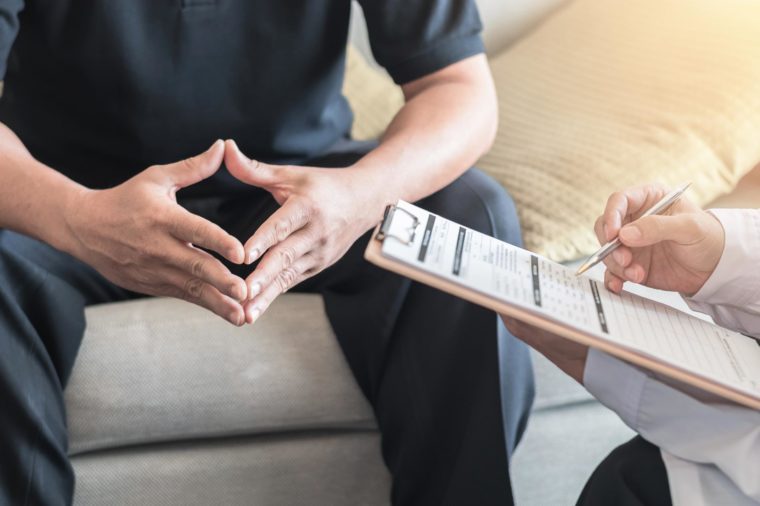
Every breast lump should be evaluated by a doctor
The bottom line is that any mass in a breast, male or female, needs to be taken seriously and evaluated by a doctor, says Joanne Mortimer, MD, a medical oncologist specializing in breast cancer at City of Hope, a cancer research and treatment center in Duarte, California. “Men need to be encouraged to take their health seriously,” Dr. O’Hea says. “Regardless of cancer, all men can benefit from increased awareness of their body.”

Family history of breast cancer is important for men too
It’s not just women who need to tell their doctors about breast cancer in their family. “Men should tell their doctors if they have breast cancer on either side of their family, male or female,” Dr. O’Hea says. This is because while the BRCA1 gene mutation may have a small effect, the BRCA2 gene mutation increases a man’s lifetime risk of getting breast cancer by 50 to 80 times, according to a study published in the Journal of Clinical Oncology.
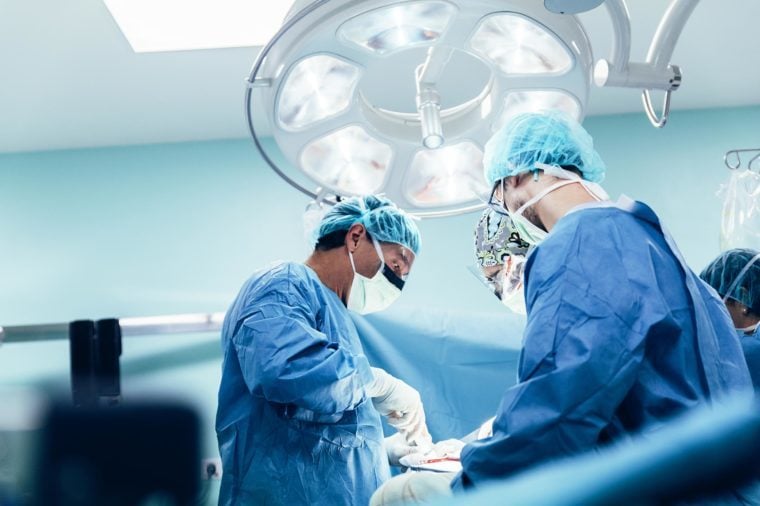
Treatment for male breast cancer can be different
Even though the different types of breast cancer largely are the same in both men and women, the standard treatments are very different, according to a study published in the International Journal of Radiation Oncology, Biology and Physics. The first treatment of choice for a lump in a woman’s breast is often a lumpectomy, or surgical removal of the lump and surrounding tissue, and radiation. However, this is often not an option for men as they don’t have much breast tissue to begin with; most men opt for a mastectomy, Dr. O’Hea says.
These colon cancer signs are easy to miss.
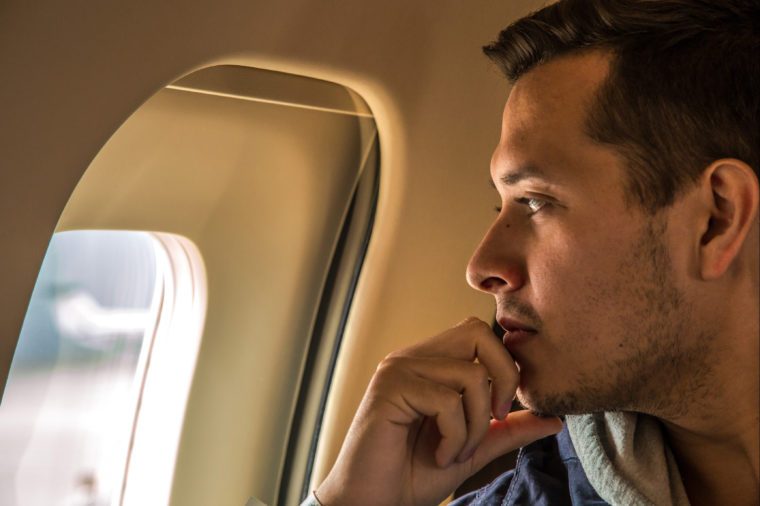
Men also worry about how they look after the disease
In a world in which a man’s appearance is increasingly important—and where it is common for men to be seen without a shirt in the gym or on the beach—effects of breast cancer, including mastectomy scars, can have serious effects on a male survivor’s mental health, says Rachel Rabinovitch, MD, a breast cancer specialist at the CU Cancer Center and professor of Radiation Oncology at the University of Colorado School of Medicine. Yet while women have lots of support in this area, these psychosocial factors are often overlooked in men, she adds. Men facing this issue should talk to their caregivers about therapy and potential cosmetic solutions, she says.
Learn how to spot these silent signs of blood cancer.
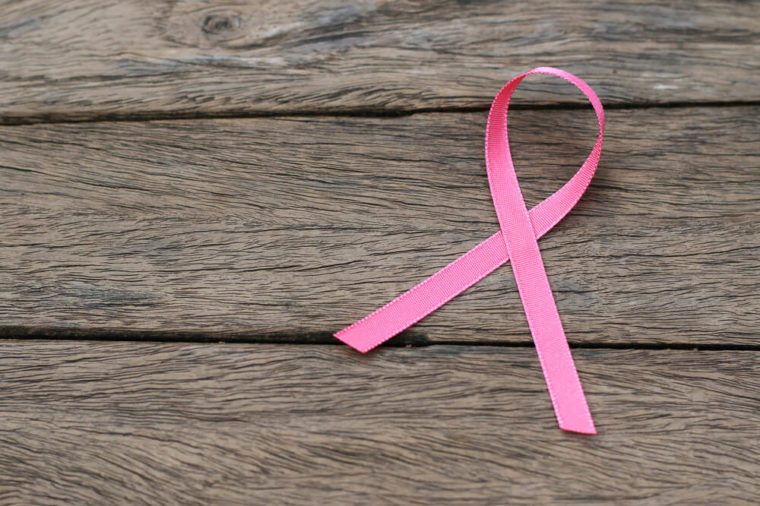
Some men can benefit from breast cancer screenings
Experts don’t recommend routine breast cancer screenings for men in general; however, for those who are at a high risk of the disease—they have a personal or family history, or a confirmed genetic marker—regular screenings may make sense, Dr. Mortimer says. A study published in Radiology found that male breast cancer screening in high-risk patients yielded a cancer-detection rate of about 18 diagnoses per 1,000 examinations.
Make sure you’re aware of these skin cancer myths.
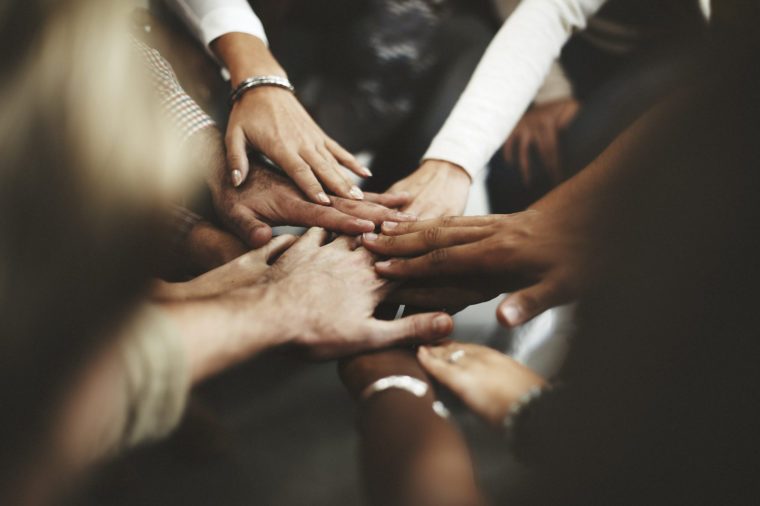
Men need to be included in breast cancer research
Typically, it’s been women who’ve been excluded from medical trials, but with breast cancer, the opposite is true: Men are sorely underrepresented in the research, much to their detriment, Dr. Mortimer says. Thanks to recent research and awareness, the U.S. Food and Drug Administration has revised its guidelines and is now recommending the inclusion of male patients in breast cancer clinical trials.
Just because a test exists doesn’t mean you’d benefit from it. Here’s how to tell which cancer screenings make sense for you.